Virtual conference platform
Transform your virtual conferences into meaningful experiences
Deliver a seamless online experience for attendees from anywhere. Host engaging virtual conferences or meetings with Sched's user-friendly virtual conference software.
Streamline your planning, scheduling, and virtual event management today! Engage attendees with an all-in-one virtual conference software and stay connected with your team and audience.



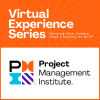
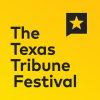

Keep everyone in the loop
Last-minute changes? No problem. Our integrated communication tools keep event participants up-to-date.
Streamline planning
Complicated scheduling can spell planning disaster. Keep a clear overview of multiple sessions across different locations.
Eliminate multiple systems
Scattered planning tools turn event organization into a puzzle. Stay organized with one centralized platform.
Virtual event software features
Hybrid and virtual event features planners love
Take your event to the virtual world
Effortlessly create, schedule, and promote your virtual conferences or meetings.
- One centralised platform with everything you need to manage and host virtual events
- Promote your virtual event by embedding Sched on your website
- Engage your attendees with a seamless online experience and easy registration process
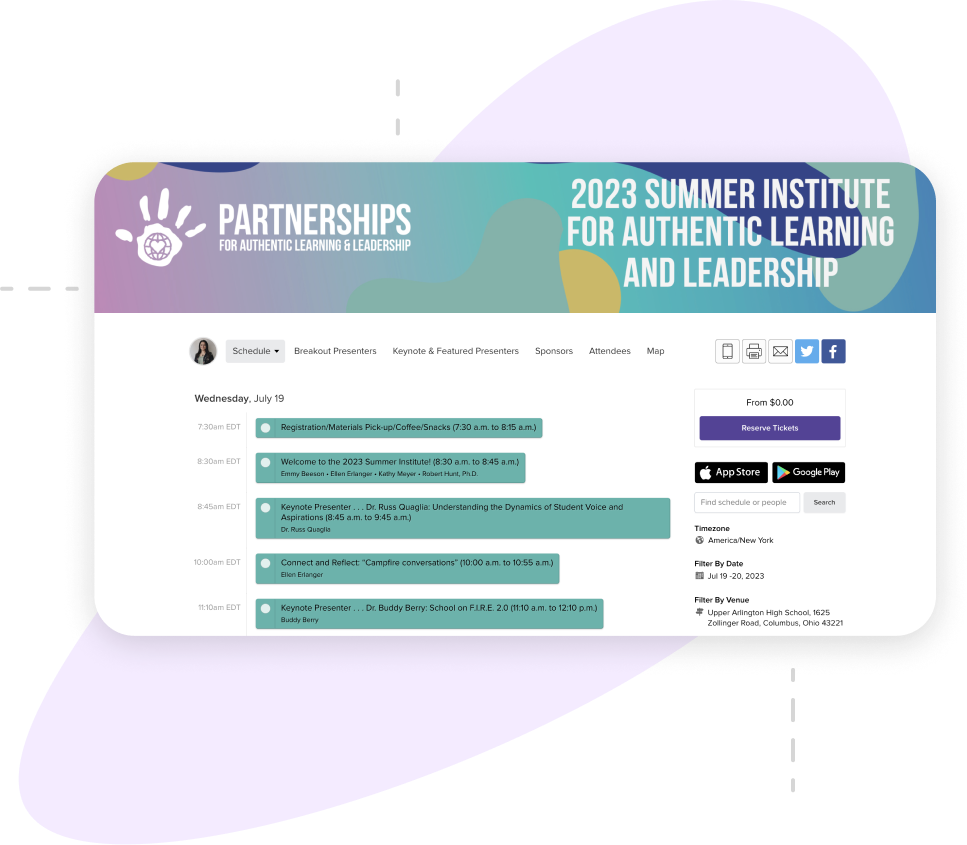
Host virtual events with your favorite platform
Don't limit yourself to a specific video or webinar platform. Use your preferred platform for hosting virtual and hybrid events.
- Use Zoom, Microsoft Teams, Youtube, Google Meet, or any other platform
- Embed your content with Youtube or Vimeo
- Showcase and host live streams, pre-recorded content, meeting rooms, and webinars
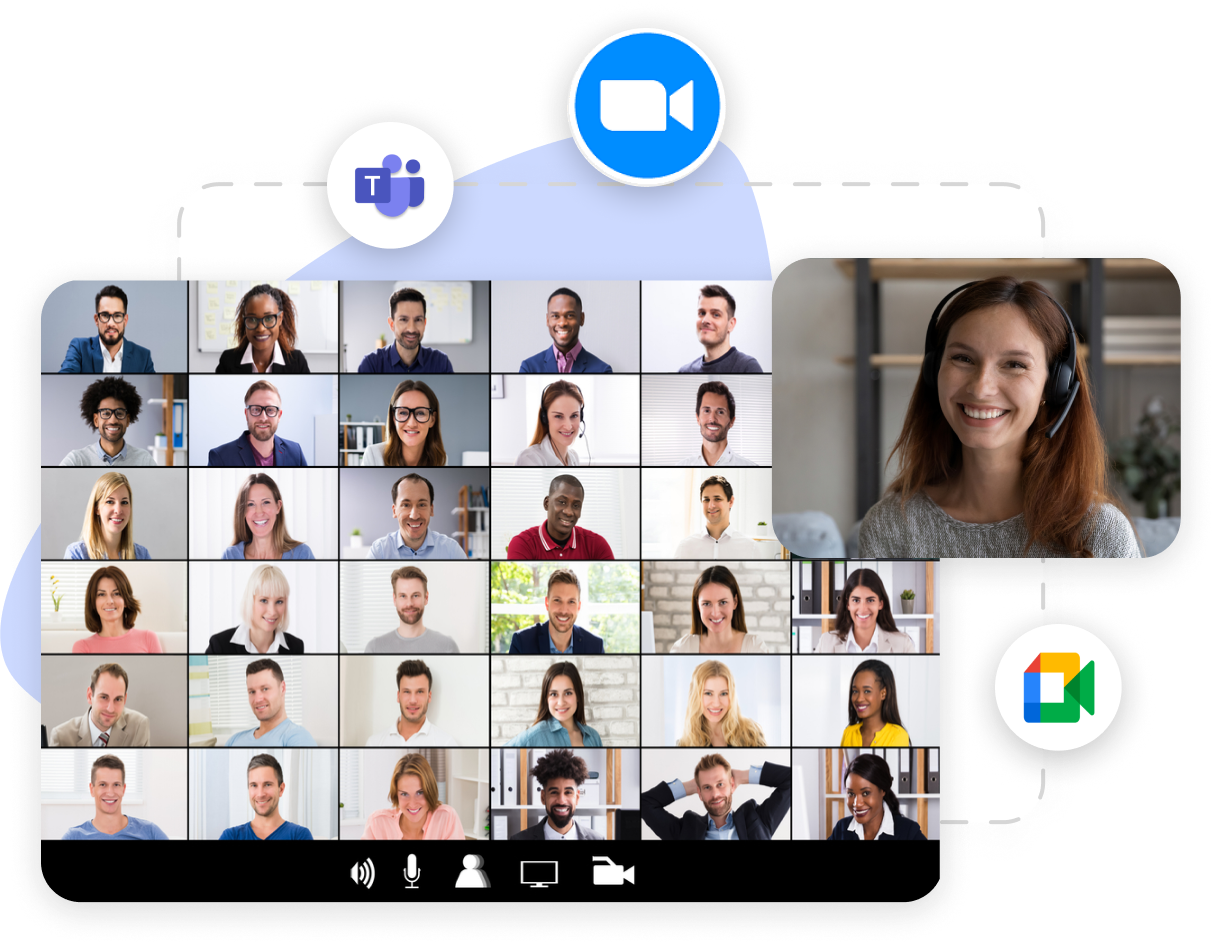
Create connections with chat
Foster meaningful connections and engagement with chat. Break through the digital barrier and create interactive experiences for your virtual event participants.
- Spread the word with the event-wide announcement and event lobby channels
- Boost participant networking with direct messaging and group chats
- Give access to all virtual event participants such as sponsors, speakers, and attendees
- Create your virtual event newsfeed - share photos, videos, links, and more!
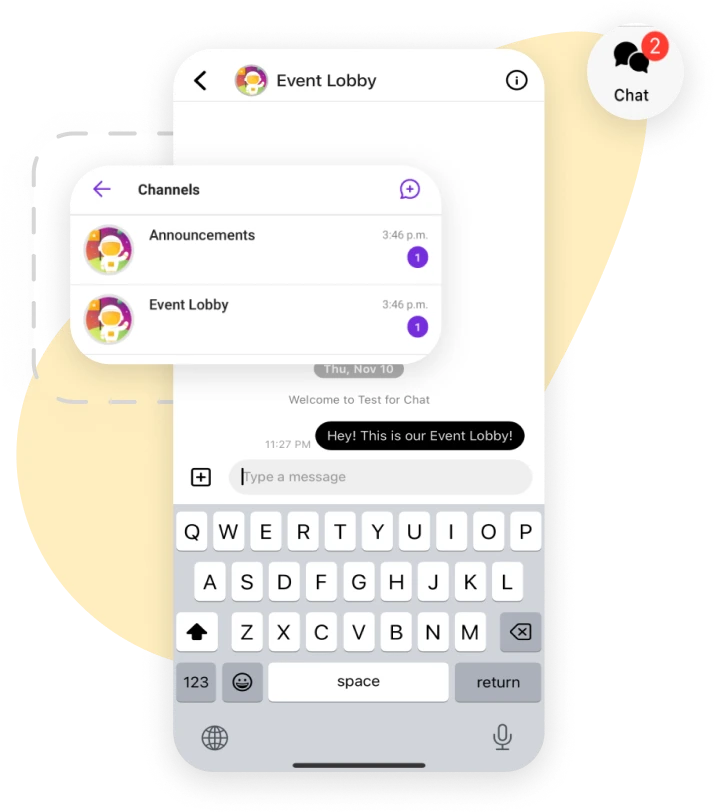
Take control of your virtual event content
Control who can access your content and when. Deliver a secure experience for virtual attendees while maximizing engagement.
- Maintain security with privacy settings and controls
- Reveal video streaming links 10 minutes before the session starts
- Keep your virtual conference alive with post-event content hosting
- Monetize access using registration and ticketing features
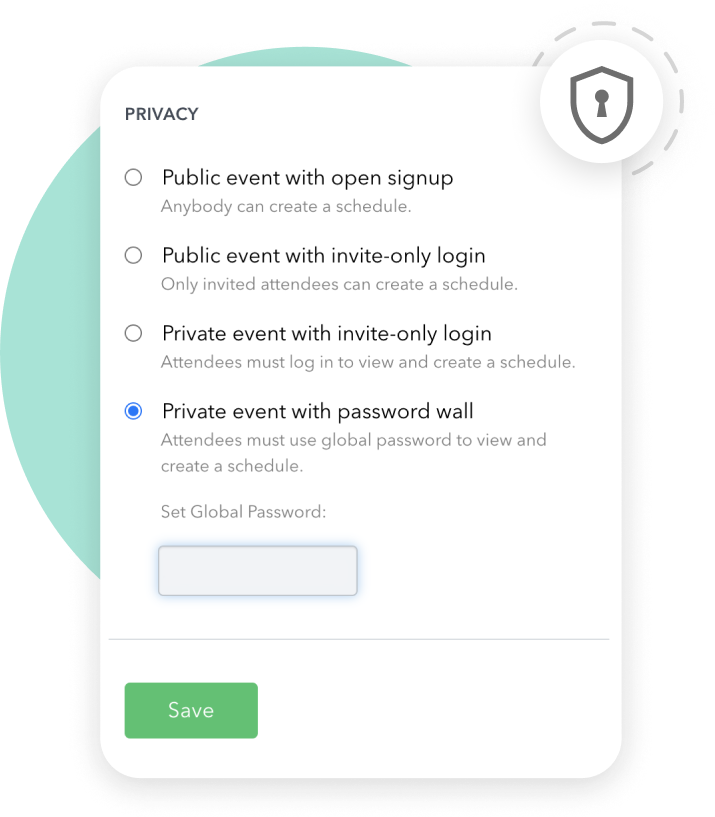
Choose event excellence with award-winning solutions








